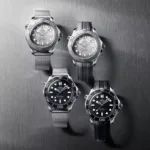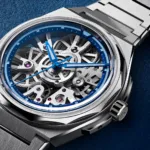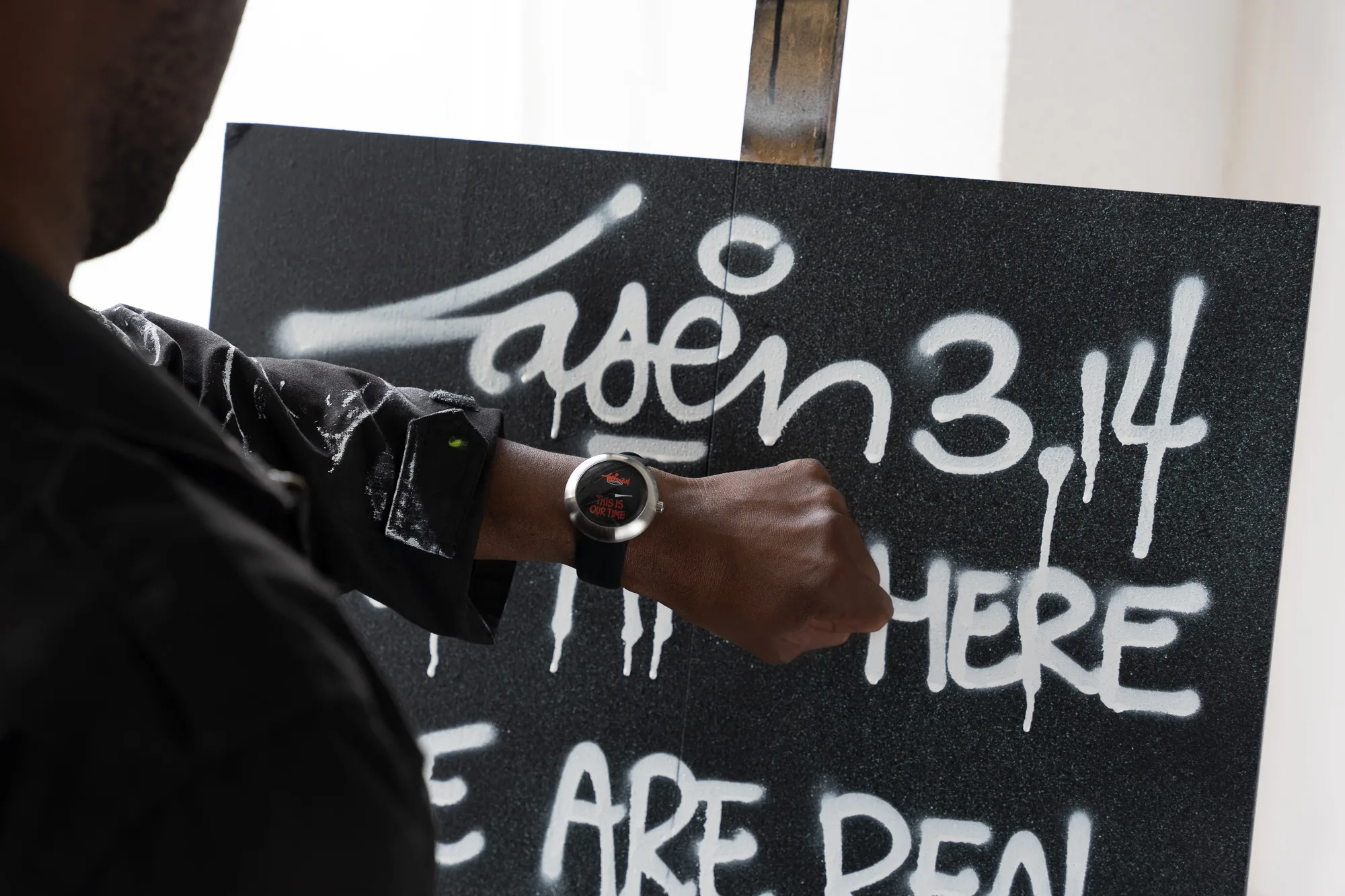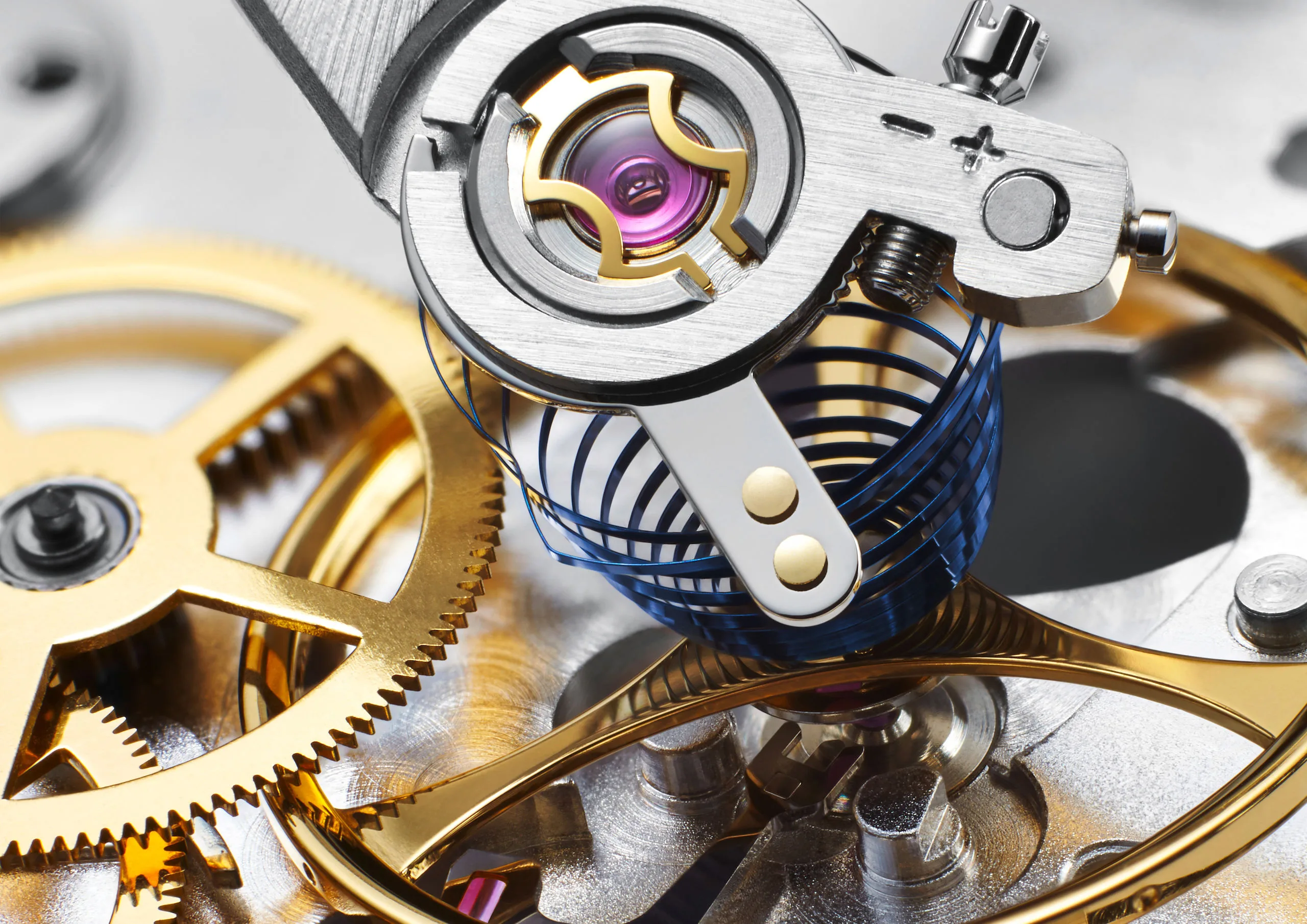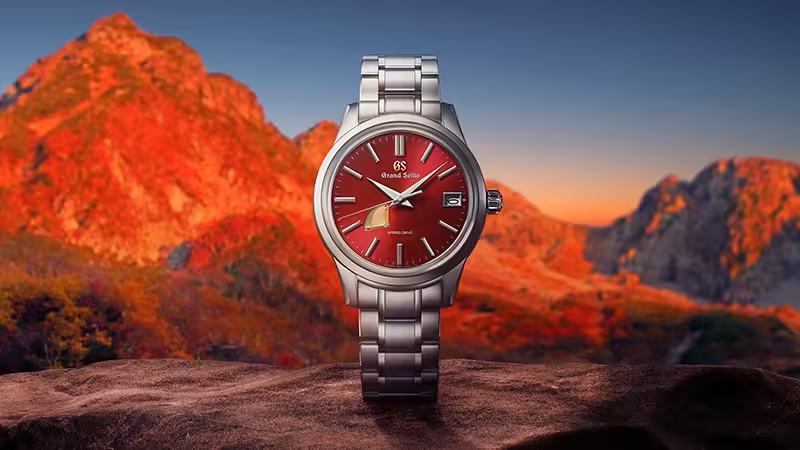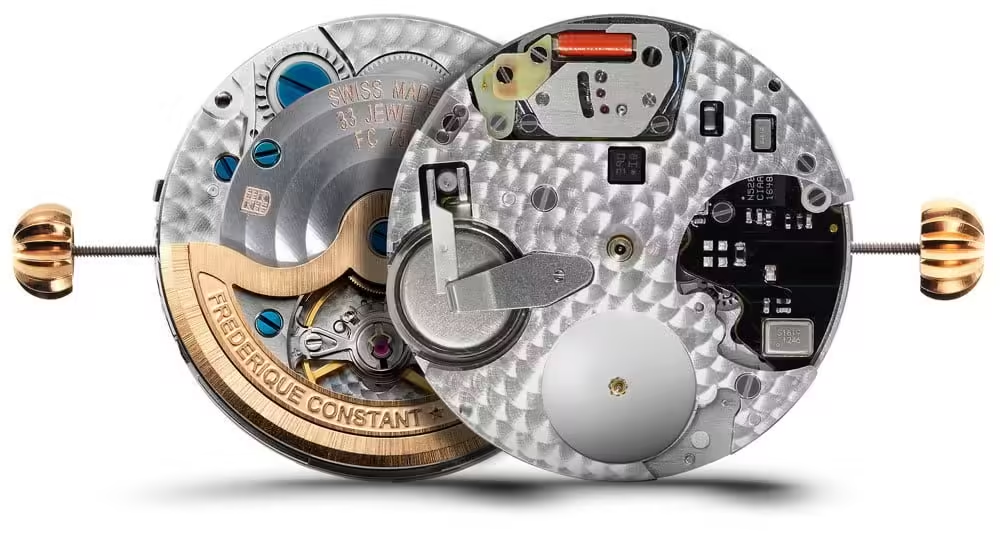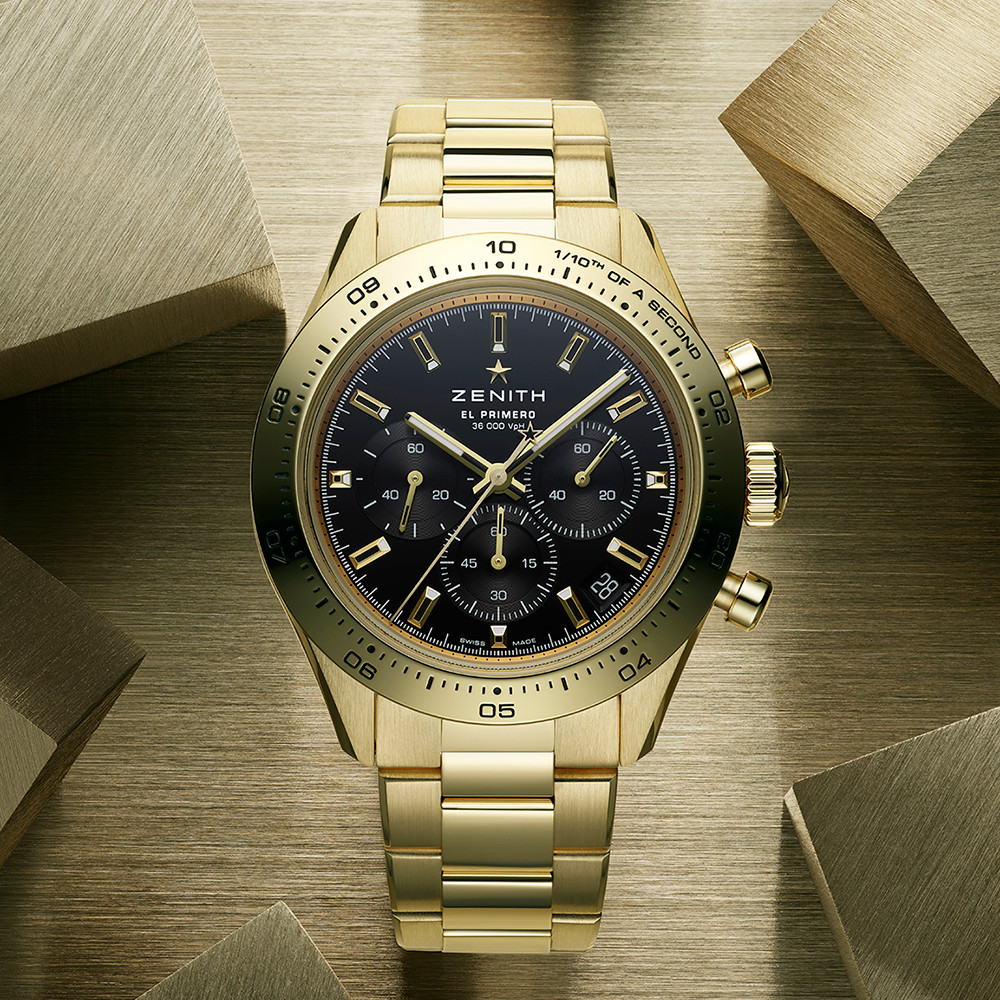In the world of haute horlogerie, few debates are as passionate and enduring as the comparison between vintage and modern luxury timepieces. This dichotomy represents not just a difference in age, but a fascinating exploration of evolving design philosophies, technological advancements, market dynamics, and collecting philosophies. As we delve into the nuances that distinguish these two categories, we’ll uncover the rich tapestry of watchmaking history and its contemporary interpretations.
The Evolution of Design: From Utilitarian to Avant-Garde
The journey from vintage to modern watch design is a testament to the changing role of timepieces in society. Vintage watches, typically those produced before the 1980s, were born in an era where form followed function. These timepieces were tools first and foremost, designed to serve specific purposes with clarity and precision.
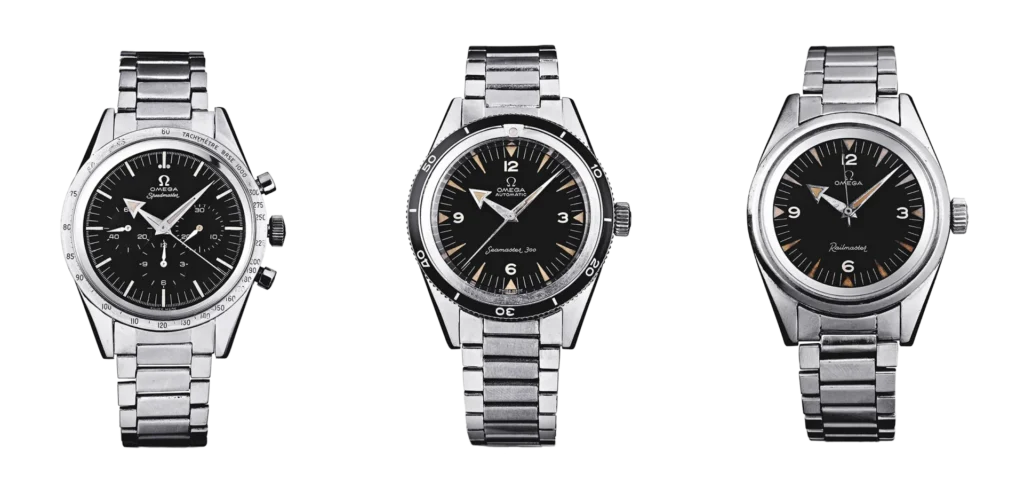
Consider the iconic Omega Speedmaster, first introduced in 1957. Its initial design was driven by the need for a reliable chronograph for racing car drivers and engineers. The watch featured a clean, highly legible dial with a tachymeter scale on the bezel – a design that would later prove crucial for its role in space missions. The modesty of its 39mm case size and the straightforward layout of its subdials exemplify the utilitarian ethos of vintage watch design.
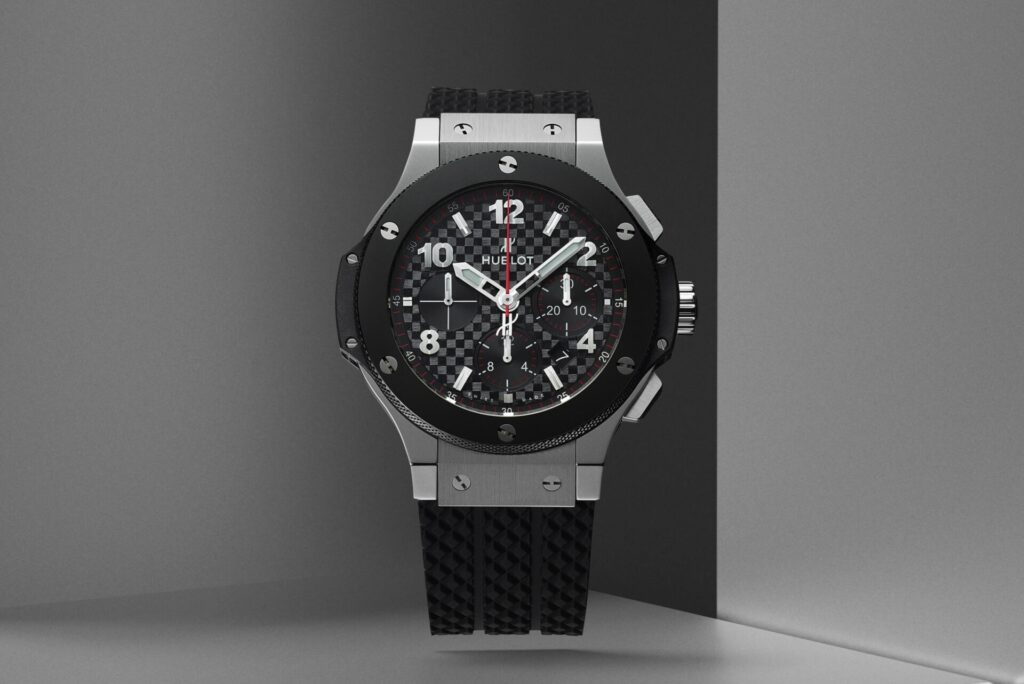
In contrast, modern luxury watches often push the boundaries of design, embracing bold aesthetics and innovative materials. The Hublot Big Bang, launched in 2005, epitomizes this shift. With its large 44mm case, unconventional use of materials like carbon fiber and ceramic, and a fusion of traditional watchmaking with contemporary design, the Big Bang represents a dramatic departure from vintage aesthetics.
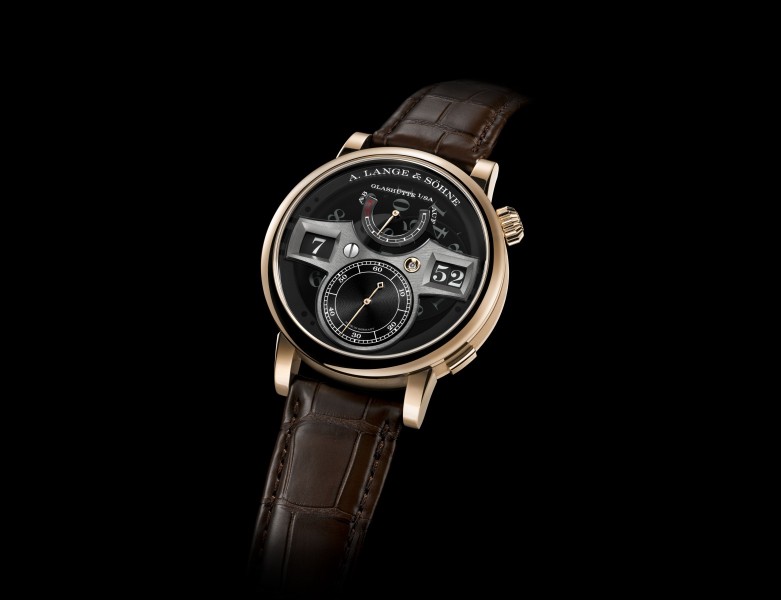
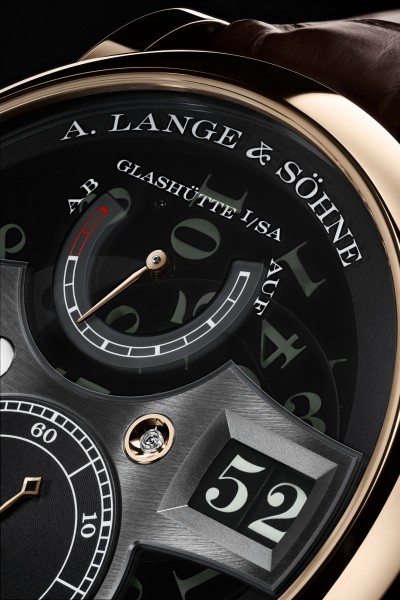
This evolution is not limited to sports watches. Even traditionally conservative brands have embraced more contemporary designs. The A. Lange & Söhne Zeitwerk, introduced in 2009, reimagines the classic dress watch with a digital time display using rotating discs – a modern interpretation of horological tradition that would have been unthinkable in the vintage era.
Technological Leaps: From Manual Winding to Silicon Escapements
The technological gap between vintage and modern watches is perhaps the most significant differentiator. Vintage timepieces, while marvels of mechanical engineering for their time, were limited by the materials and techniques available.
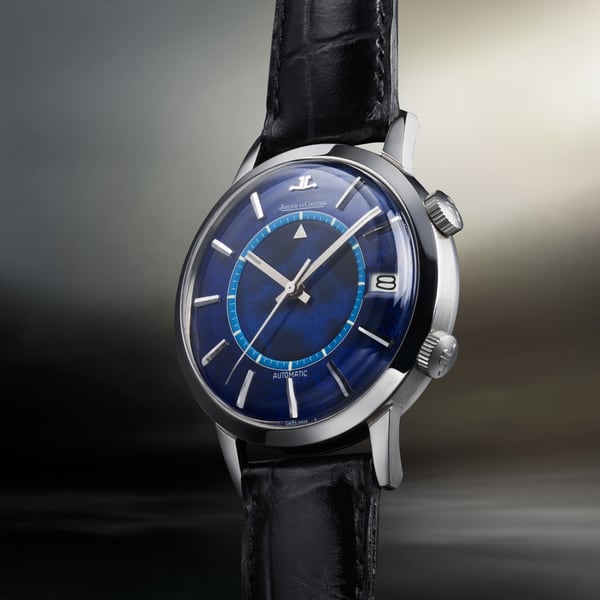
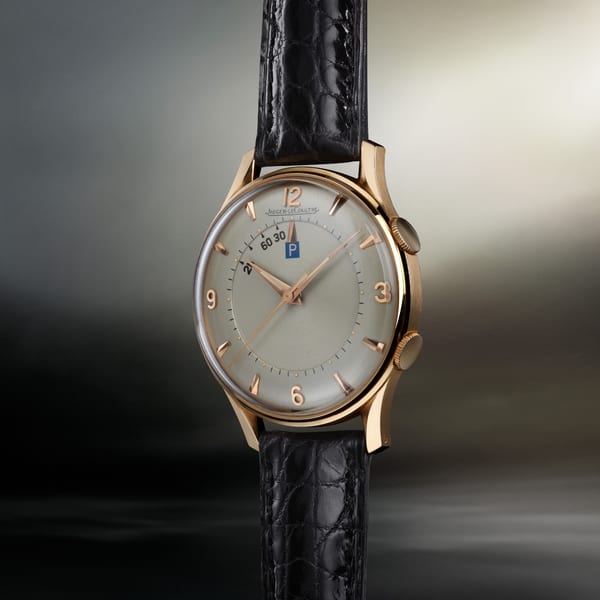
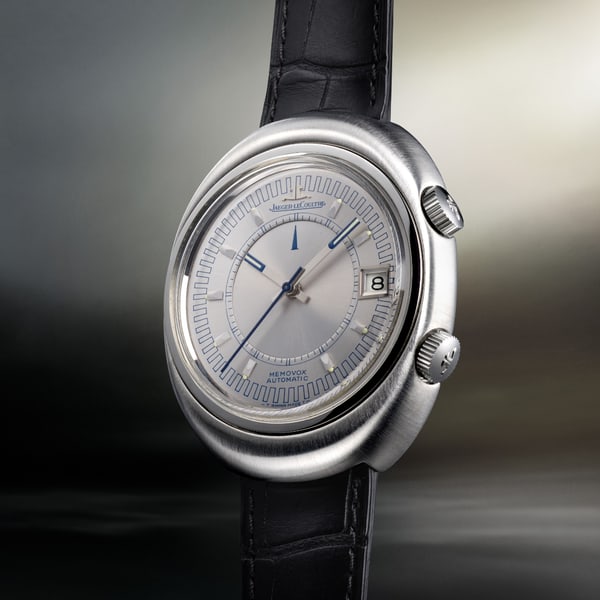
For instance, the venerable Jaeger-LeCoultre Memovox, an alarm watch introduced in the 1950s, relied on a manually wound movement. While innovative for its time, it required regular winding and was susceptible to the effects of magnetism and temperature changes, common issues for watches of that era.
Modern watches, benefiting from decades of research and innovation, offer unprecedented levels of accuracy, durability, and functionality. The Grand Seiko Spring Drive movement, introduced in 1999, exemplifies this technological leap. By combining a traditional mainspring with an electronic regulator, the Spring Drive achieves a level of accuracy that would have been unimaginable in the vintage era.
Materials science has also revolutionized watchmaking. The use of silicon for escapements, as pioneered by Ulysse Nardin in the Freak of 2001, has dramatically improved the accuracy and longevity of mechanical movements by reducing friction and eliminating the need for lubrication.
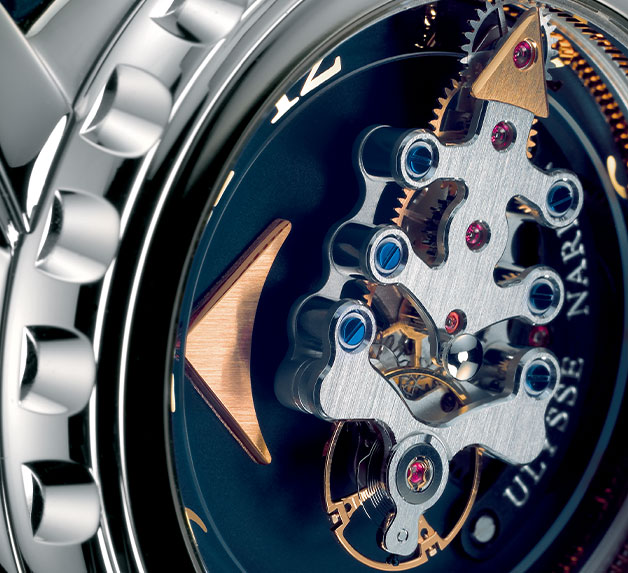
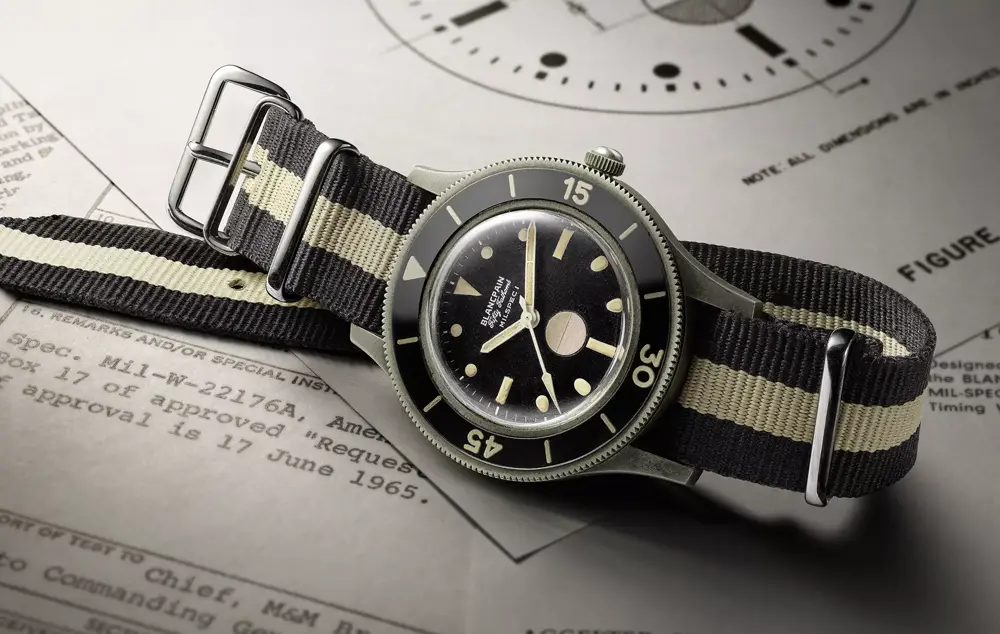
Water resistance, a critical feature for many tool watches, has seen significant advancements. While vintage dive watches like the Blancpain Fifty Fathoms (introduced in 1953) offered impressive water resistance for their time, modern dive watches push the boundaries much further. The Rolex Deepsea Challenge, released in 2022, is rated to withstand depths of up to 11,000 meters – a testament to the incredible advancements in case engineering and materials.
Market Dynamics: Rarity vs. Innovation
The market appeal of vintage and modern watches is driven by different factors, each with its own set of challenges and opportunities for collectors and enthusiasts.
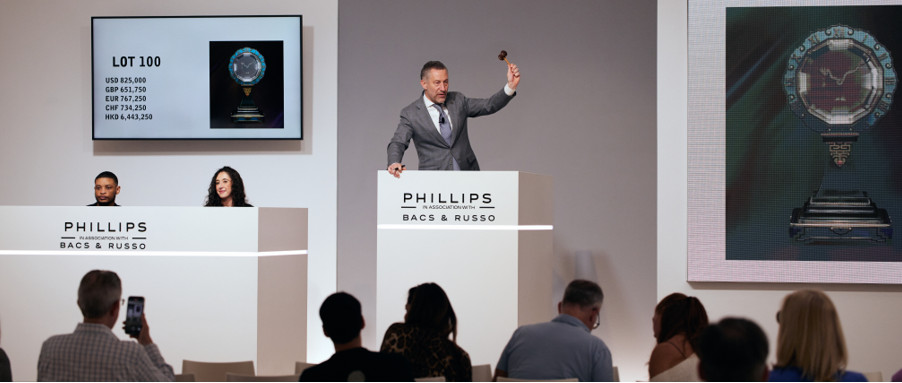
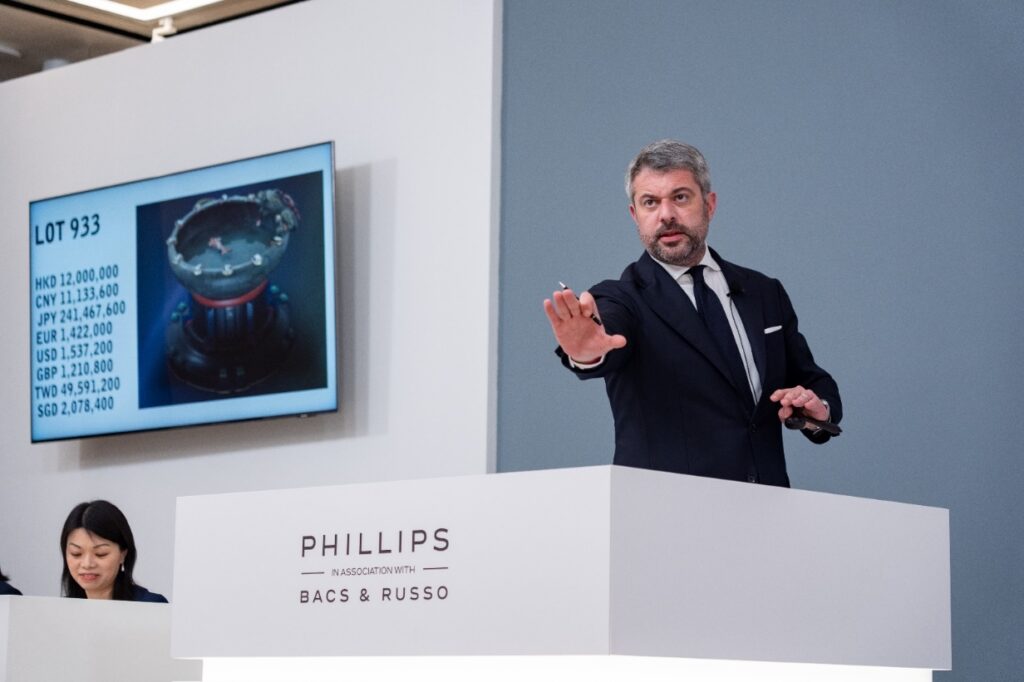
Vintage watches derive much of their value from rarity, historical significance, and the patina of age. The Patek Philippe ref. 1518, produced from 1941 to 1954, is a prime example. As the world’s first perpetual calendar chronograph wristwatch produced in series, it commands astronomical prices at auction, with rare steel versions fetching over $11 million. The appeal here lies not just in the watch itself, but in its place in horological history and its scarcity.
Modern watches, while lacking the historical cachet of vintage pieces, often appeal to a broader audience with their cutting-edge technology, diverse designs, and brand-new condition. Limited edition models and those with high demand can also appreciate significantly. The Richard Mille RM 27-04 Tourbillon Rafael Nadal, released in 2020 with a production run of just 50 pieces, sold out rapidly and now commands prices well above its original retail value on the secondary market.
However, the market for both vintage and modern watches can be volatile. Vintage watch values can be affected by factors such as condition, originality, and provenance. A vintage Rolex Daytona with its original dial and movement will command a premium over one with replaced parts. Similarly, modern watches can depreciate quickly if they fail to capture collector interest or if production numbers are too high.
The Collector’s Dilemma: History vs. Innovation
For collectors, the choice between vintage and modern watches often reflects personal philosophy and collecting goals. Some are drawn to the romance and history of vintage pieces, seeking out rare references and enjoying the hunt for well-preserved examples.
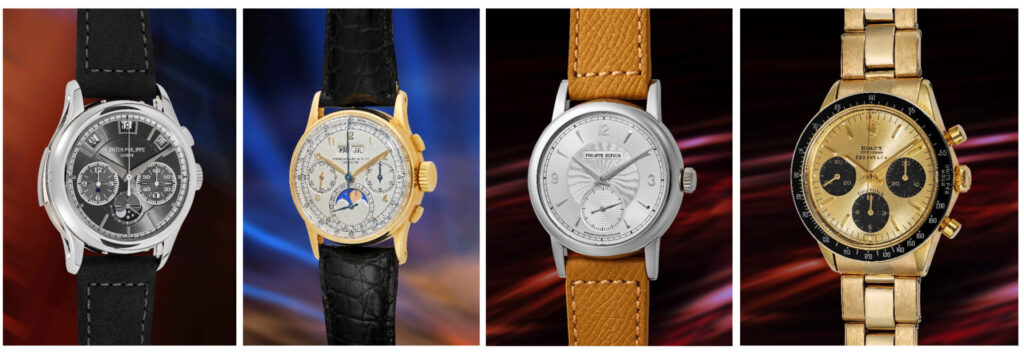
Take, for instance, the vintage Heuer Carrera chronographs from the 1960s and early 1970s. These watches, with their clean designs and association with motorsports, offer a tangible connection to a golden age of racing and watchmaking. Collectors might spend years searching for specific references or dial variations, each watch telling a unique story.
On the other hand, collectors of modern watches often appreciate the reliability, diverse designs, and cutting-edge technology offered by contemporary timepieces. A collection might include a Greubel Forsey Quadruple Tourbillon, showcasing the pinnacle of modern complications, alongside a minimalist Nomos Tangente, representing clean, Bauhaus-inspired design.
Many collectors find joy in bridging these two worlds. They might pair a vintage Cartier Tank with a modern A. Lange & Söhne Datograph, appreciating both the timeless elegance of the former and the technical mastery of the latter.
Conclusion: A Harmonious Coexistence
The debate between vintage and modern luxury watches is not about determining a superior category, but rather about appreciating the unique qualities each brings to the world of horology. Vintage watches offer a window into the past, showcasing the ingenuity and craftsmanship that laid the foundation for today’s watchmaking. They carry with them stories of adventure, innovation, and human achievement.
Modern watches, in turn, represent the cutting edge of horological technology and design. They push the boundaries of what’s possible in mechanical timekeeping and offer a diverse range of styles to suit every taste and function.
In the end, whether one gravitates towards the understated elegance of a vintage Jaeger-LeCoultre Reverso or the bold innovation of a modern MB&F Legacy Machine, the passion for fine timepieces unites collectors across the spectrum. The coexistence of vintage and modern watches in the luxury market ensures that the art of watchmaking continues to evolve while honoring its rich heritage. This dynamic interplay between past and present is what makes the world of luxury watches endlessly fascinating and perpetually relevant.
Images in this article courtesy of Blancpain, Hublot, Jaeger-LeCoultre, Omega, Philips and Ulysse-Nardin.
